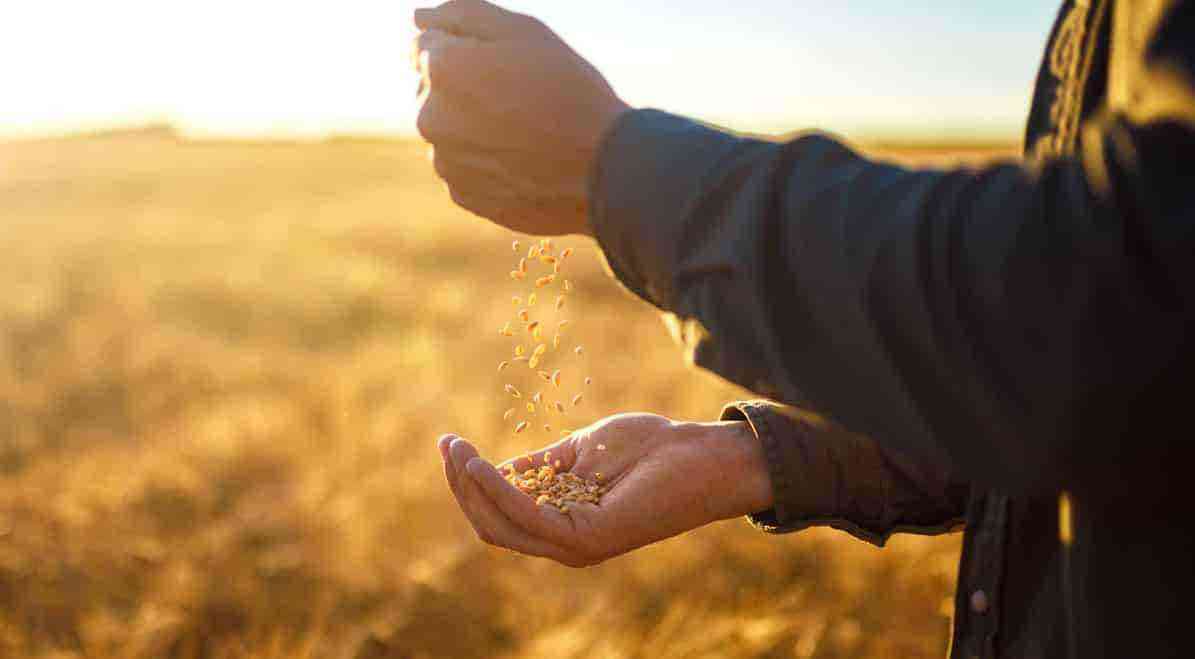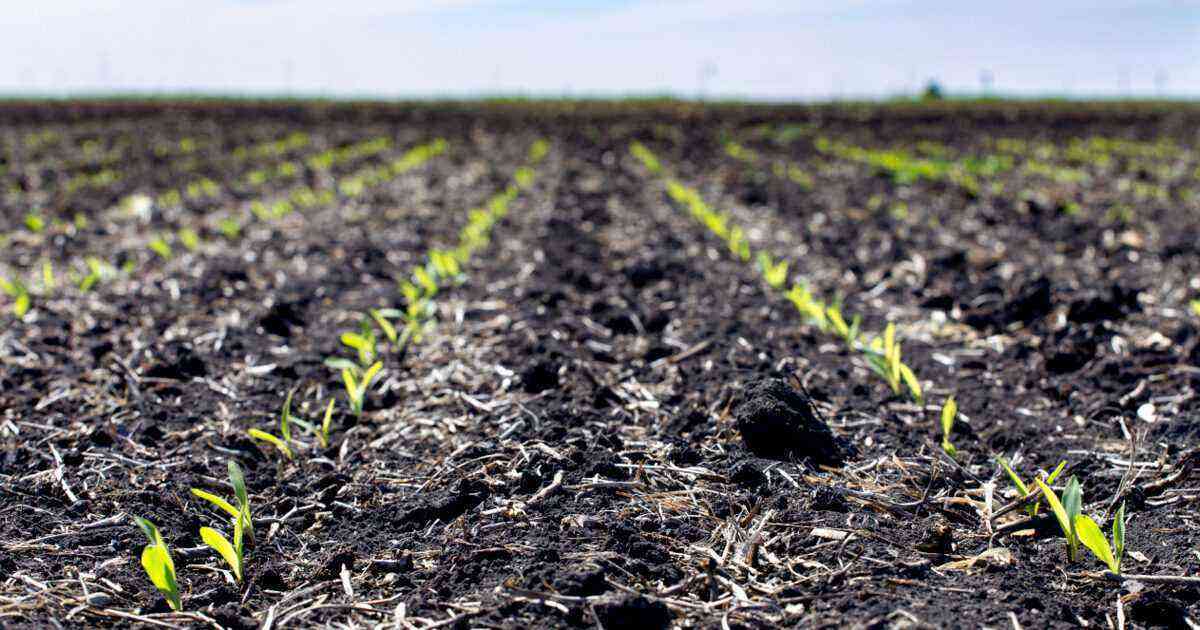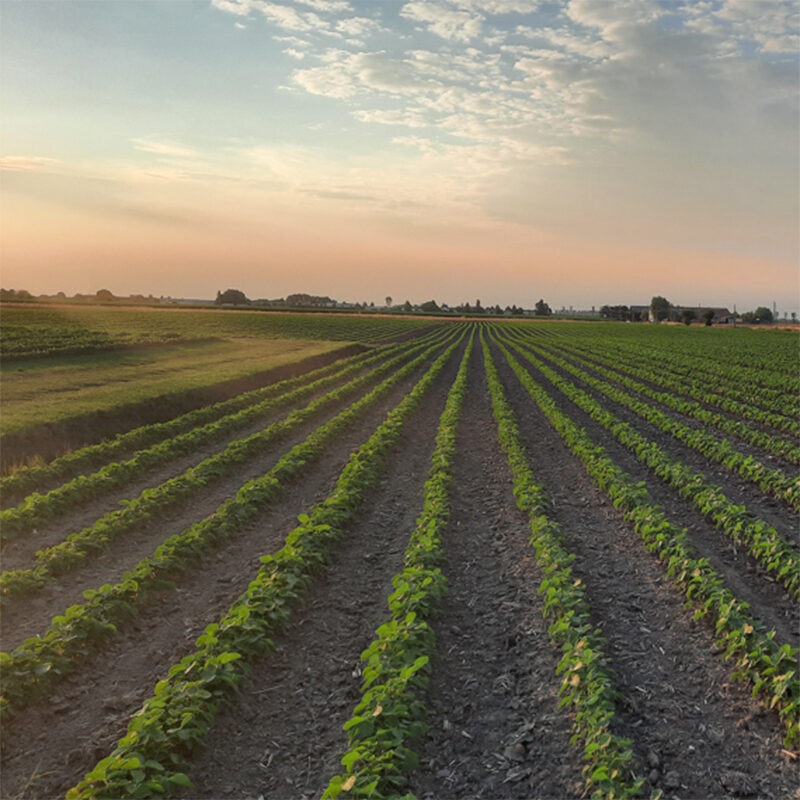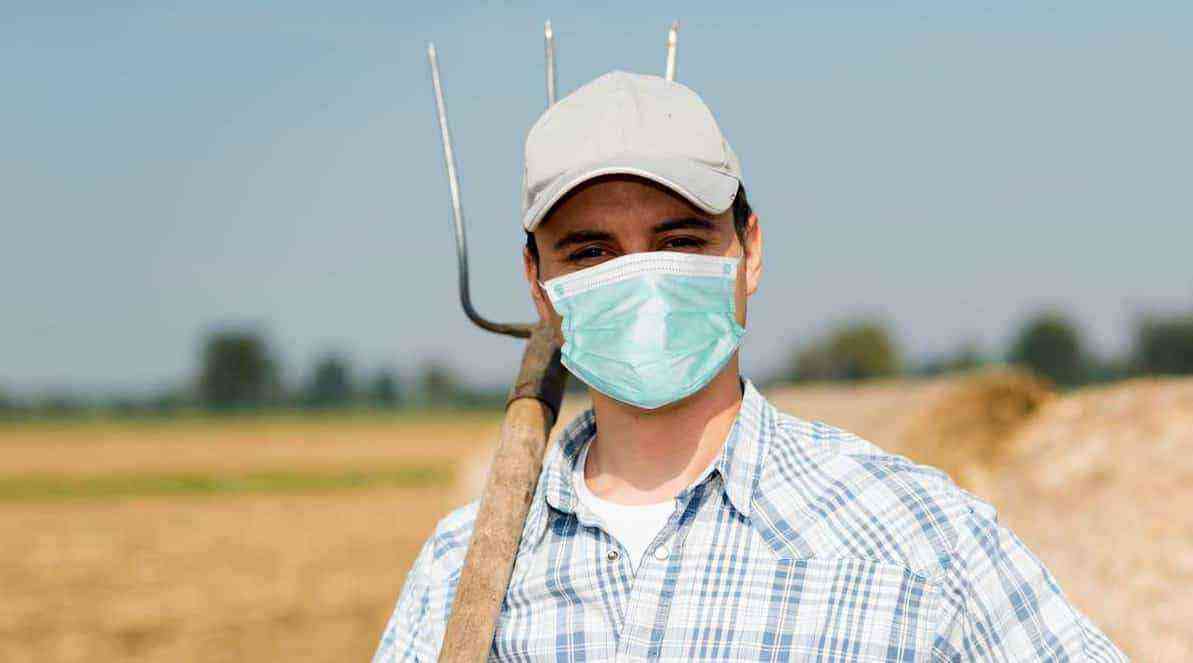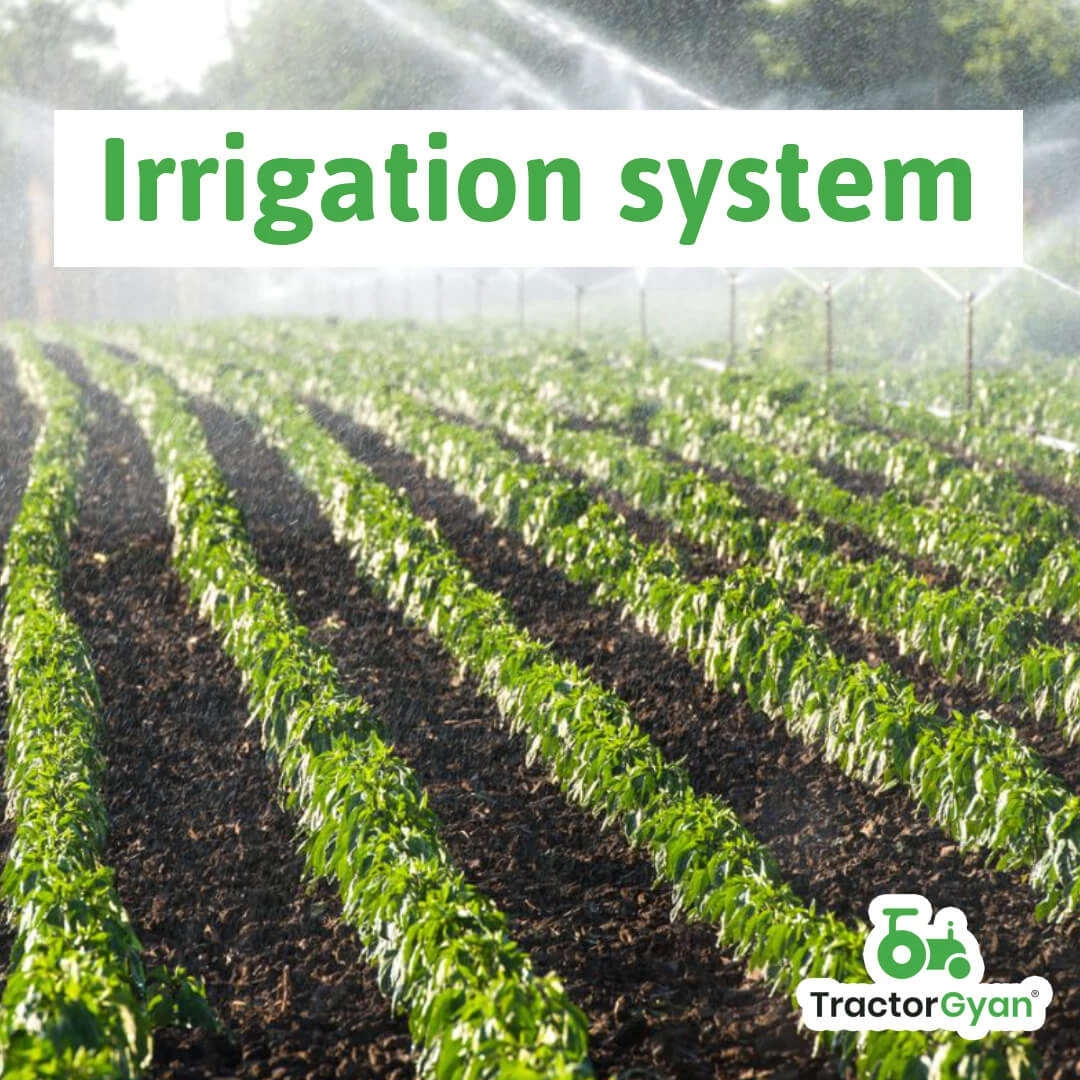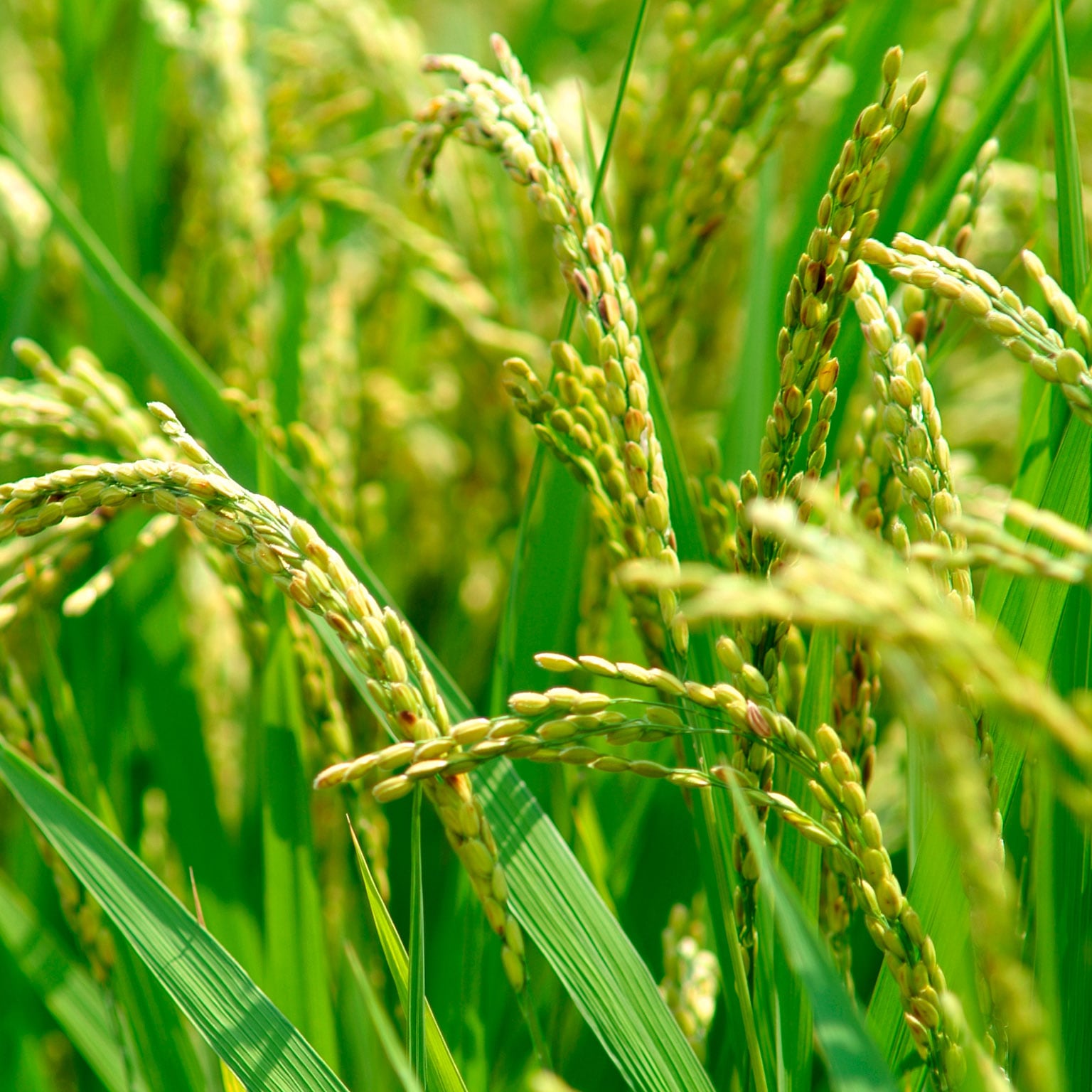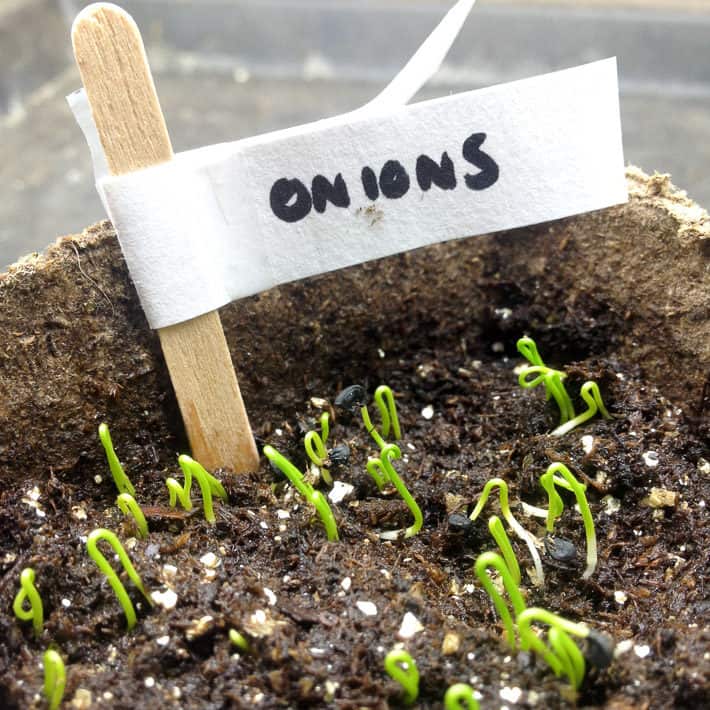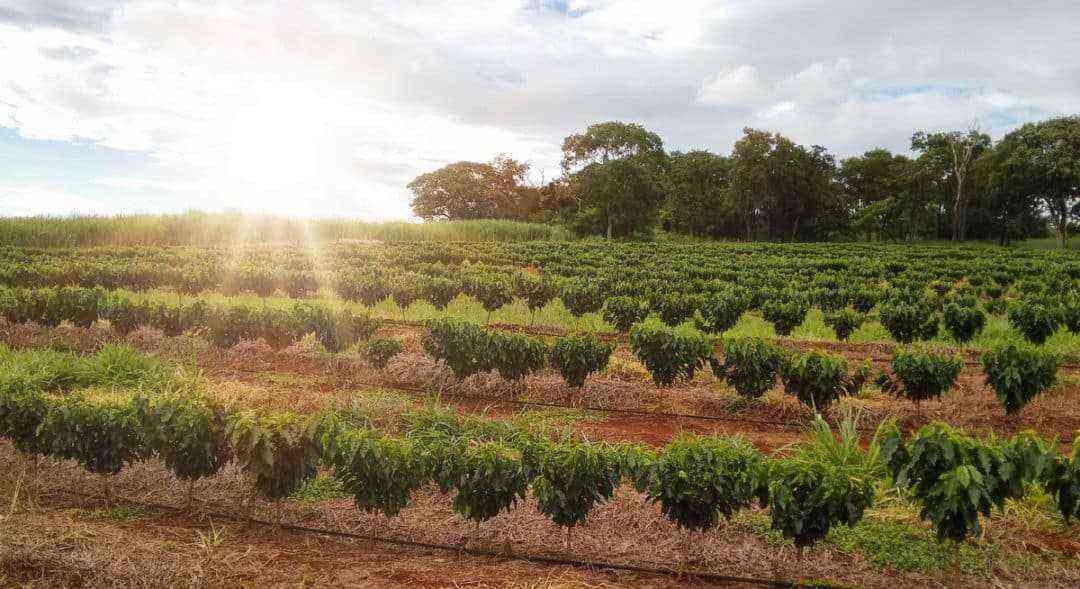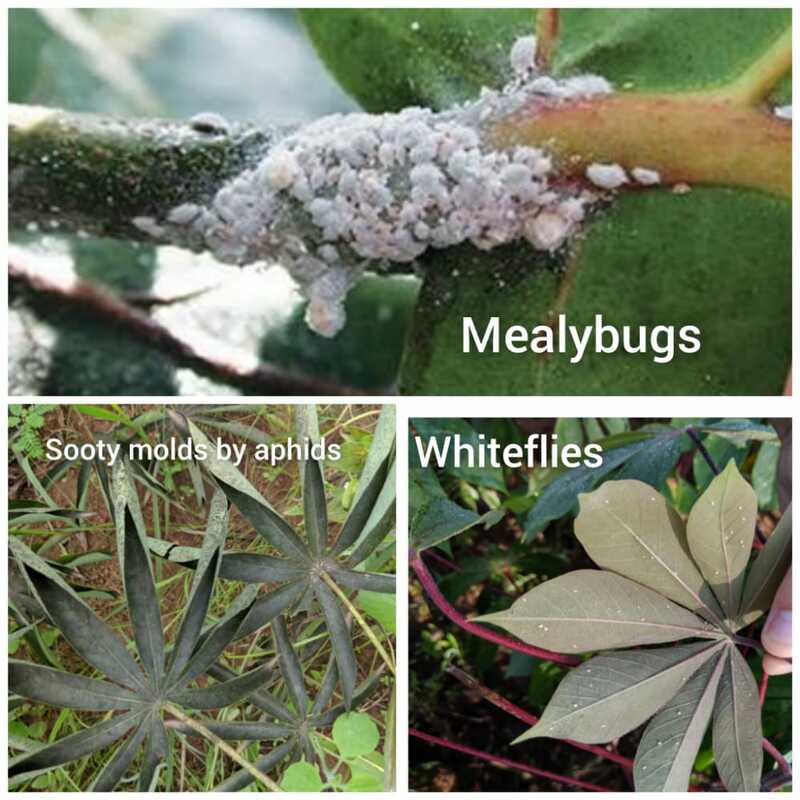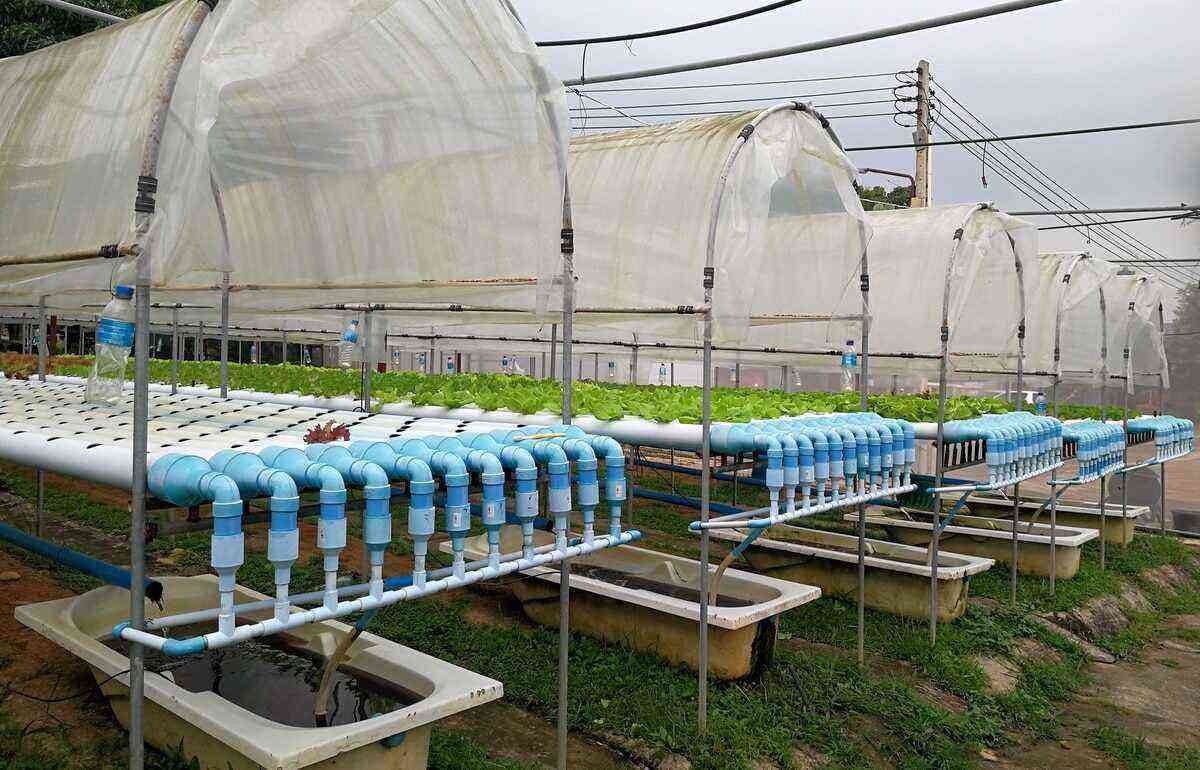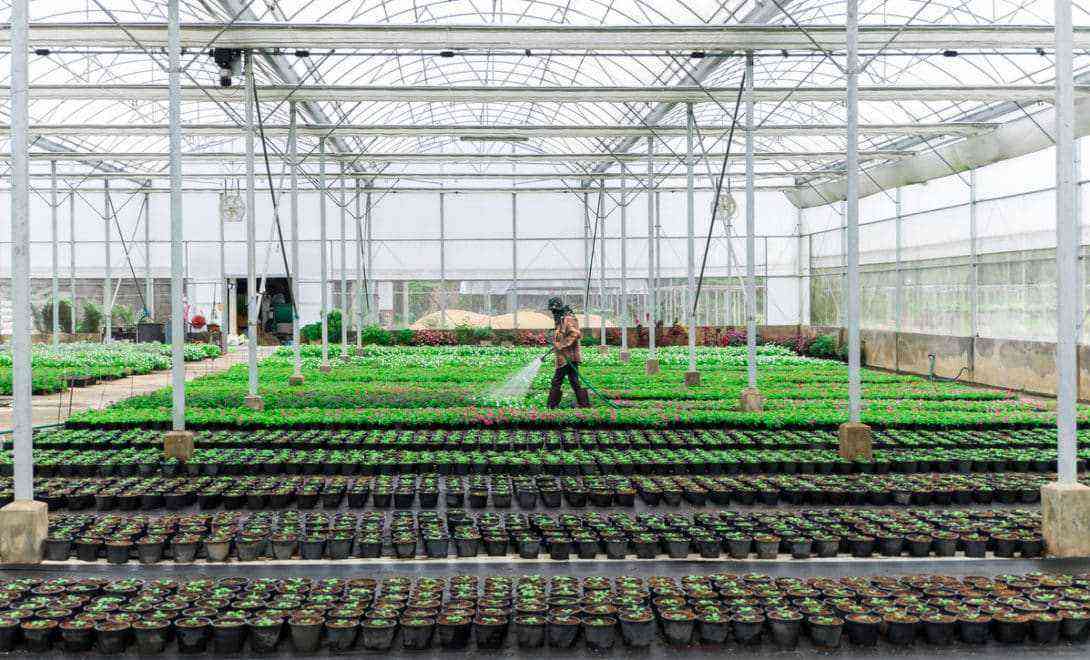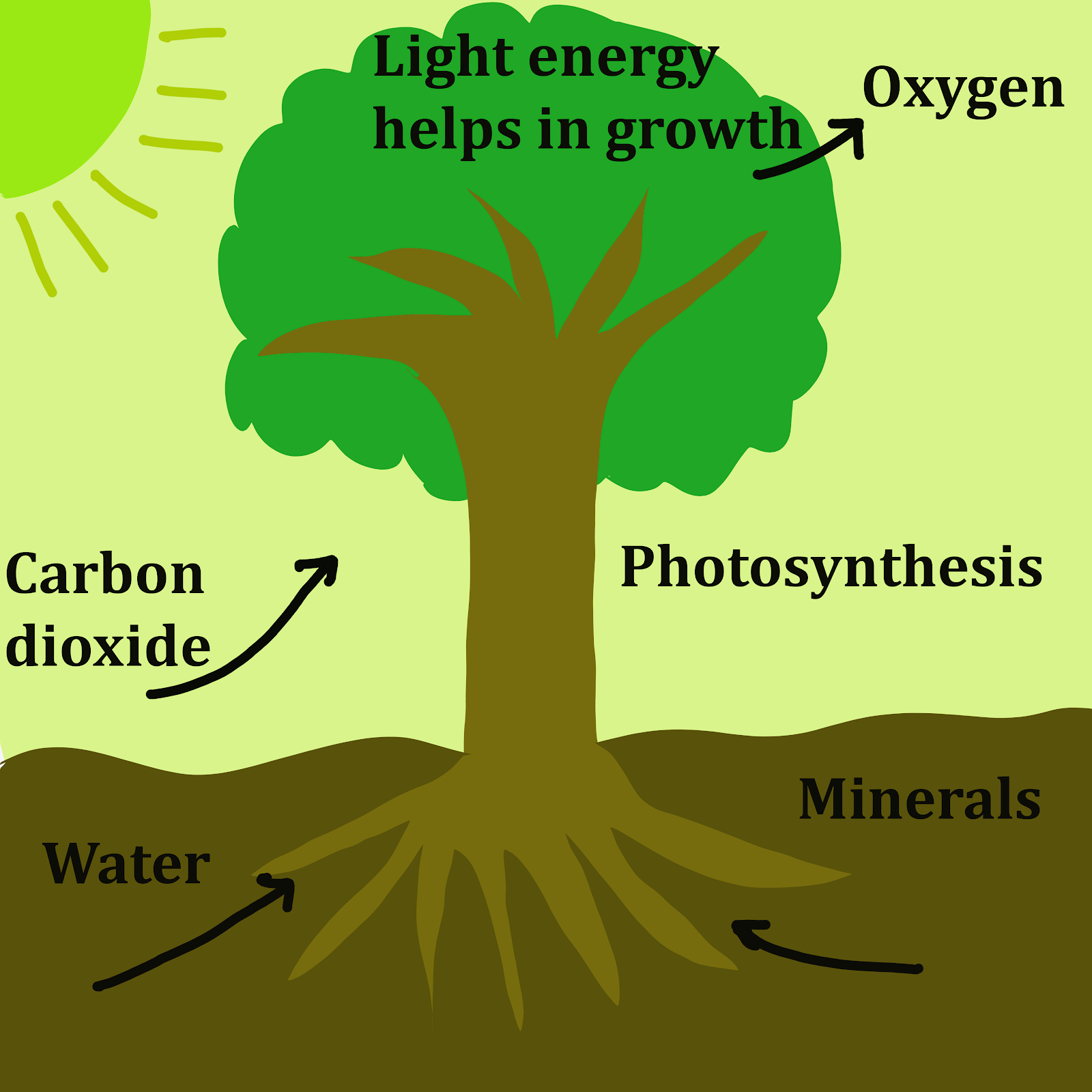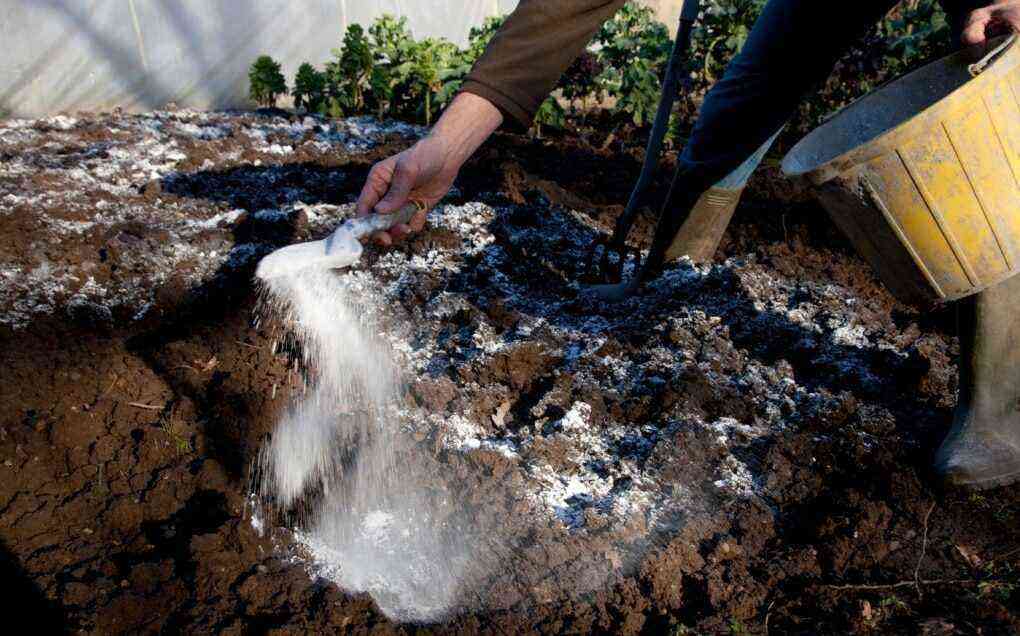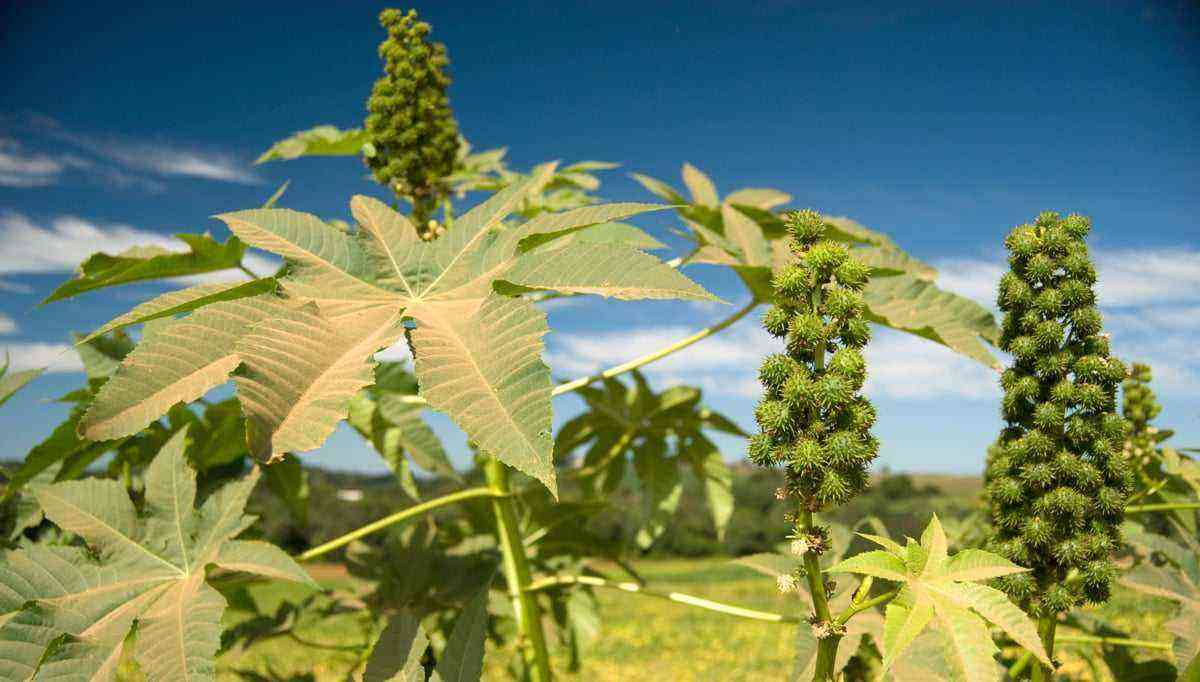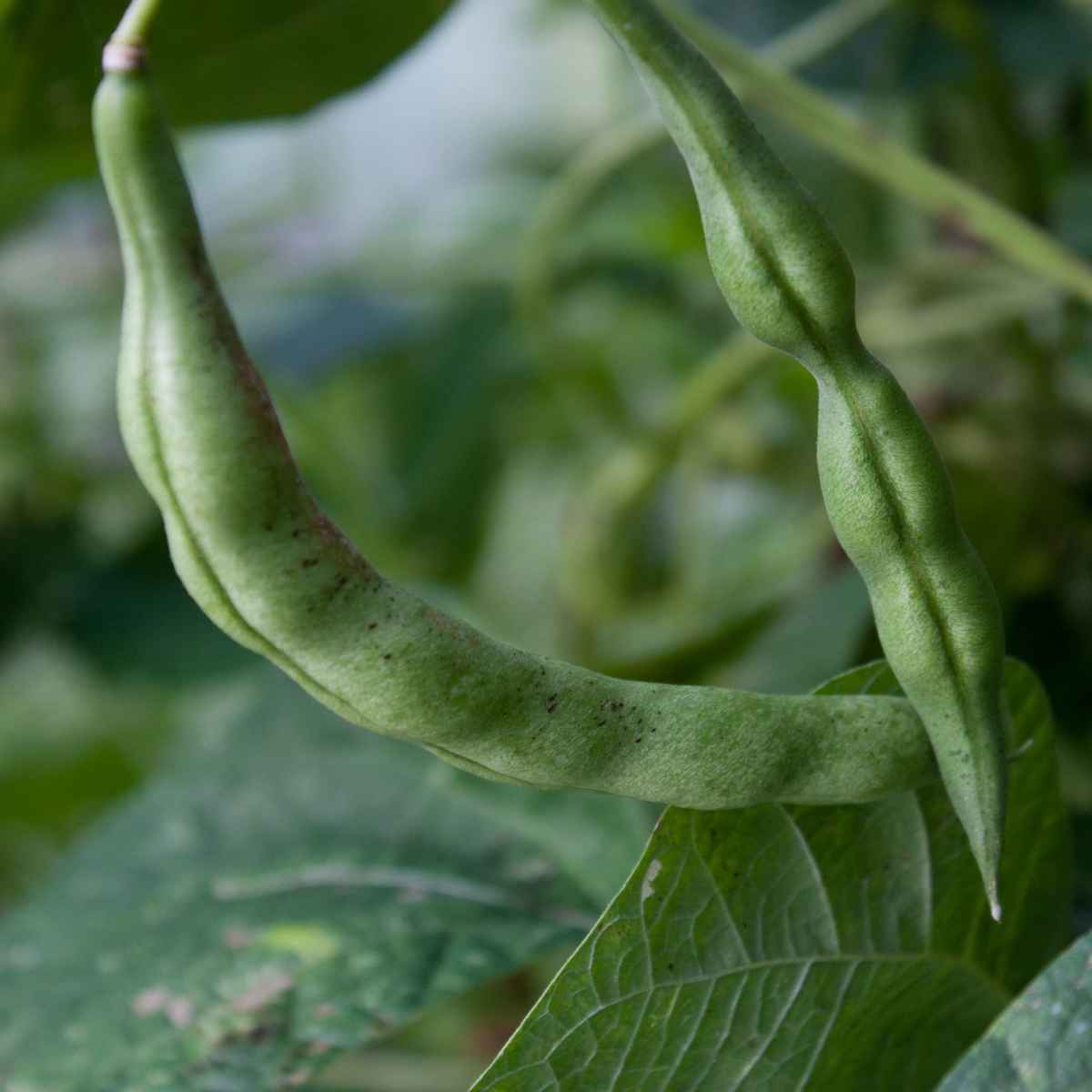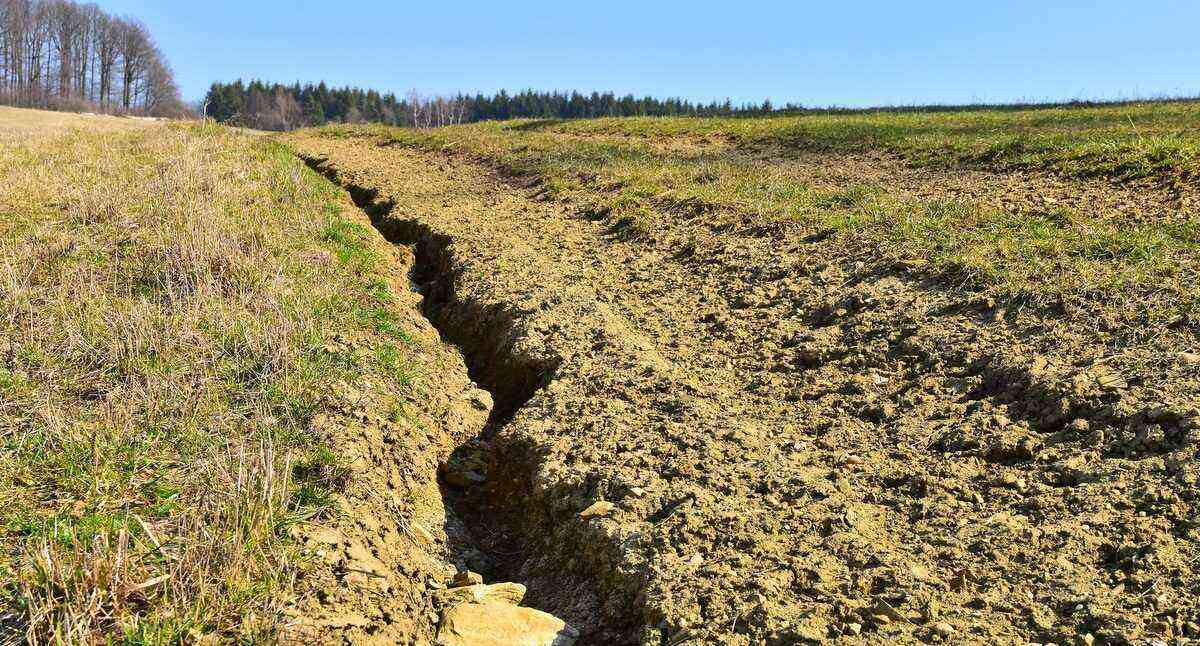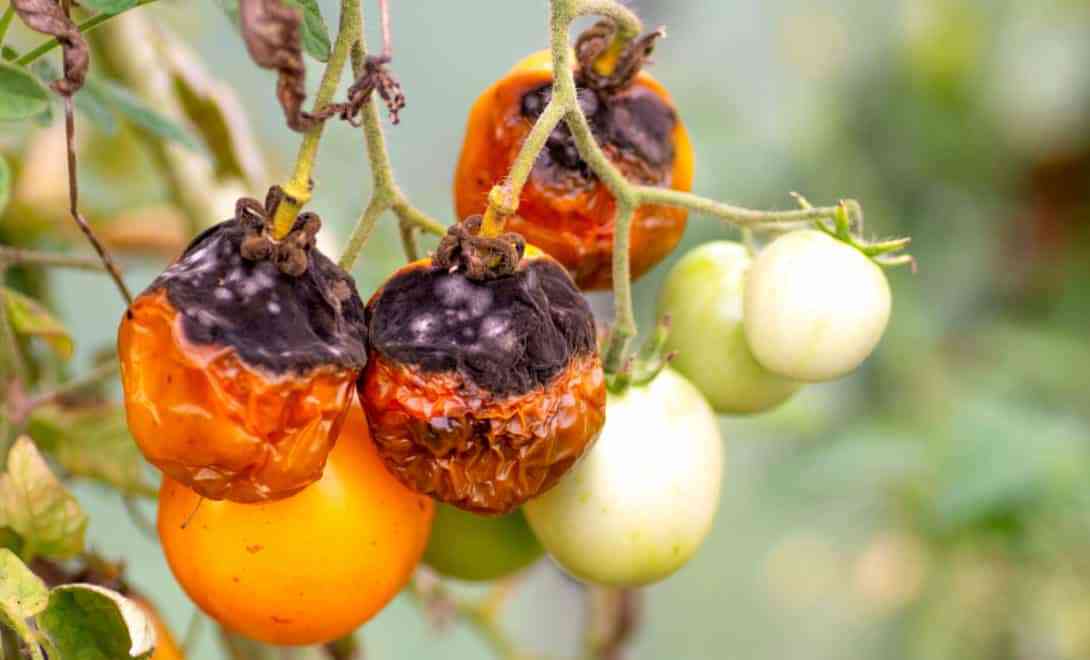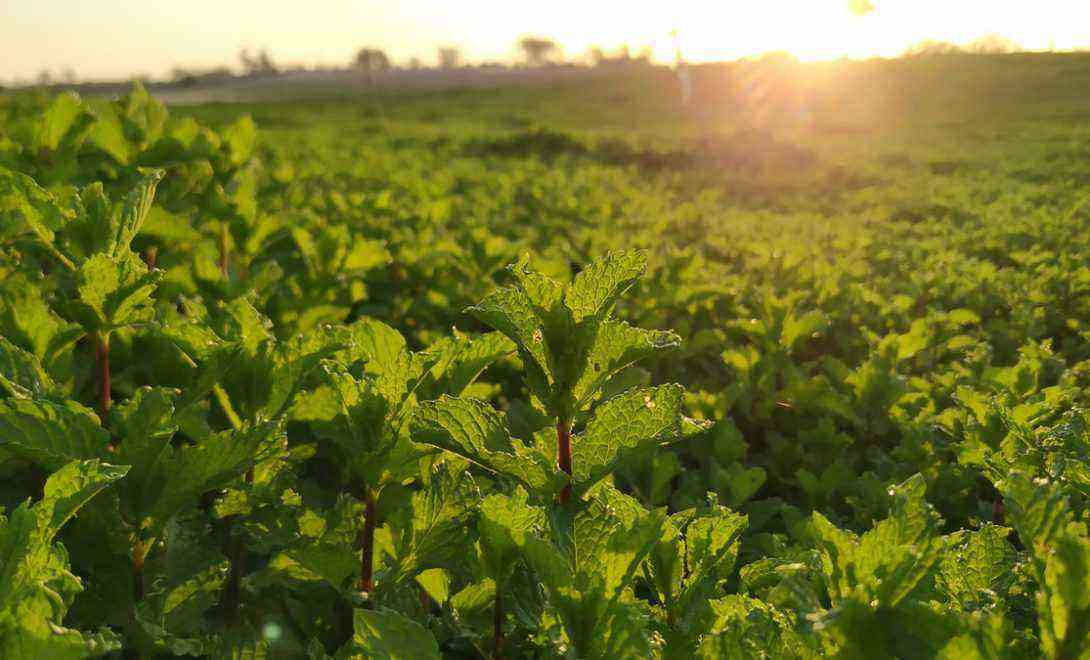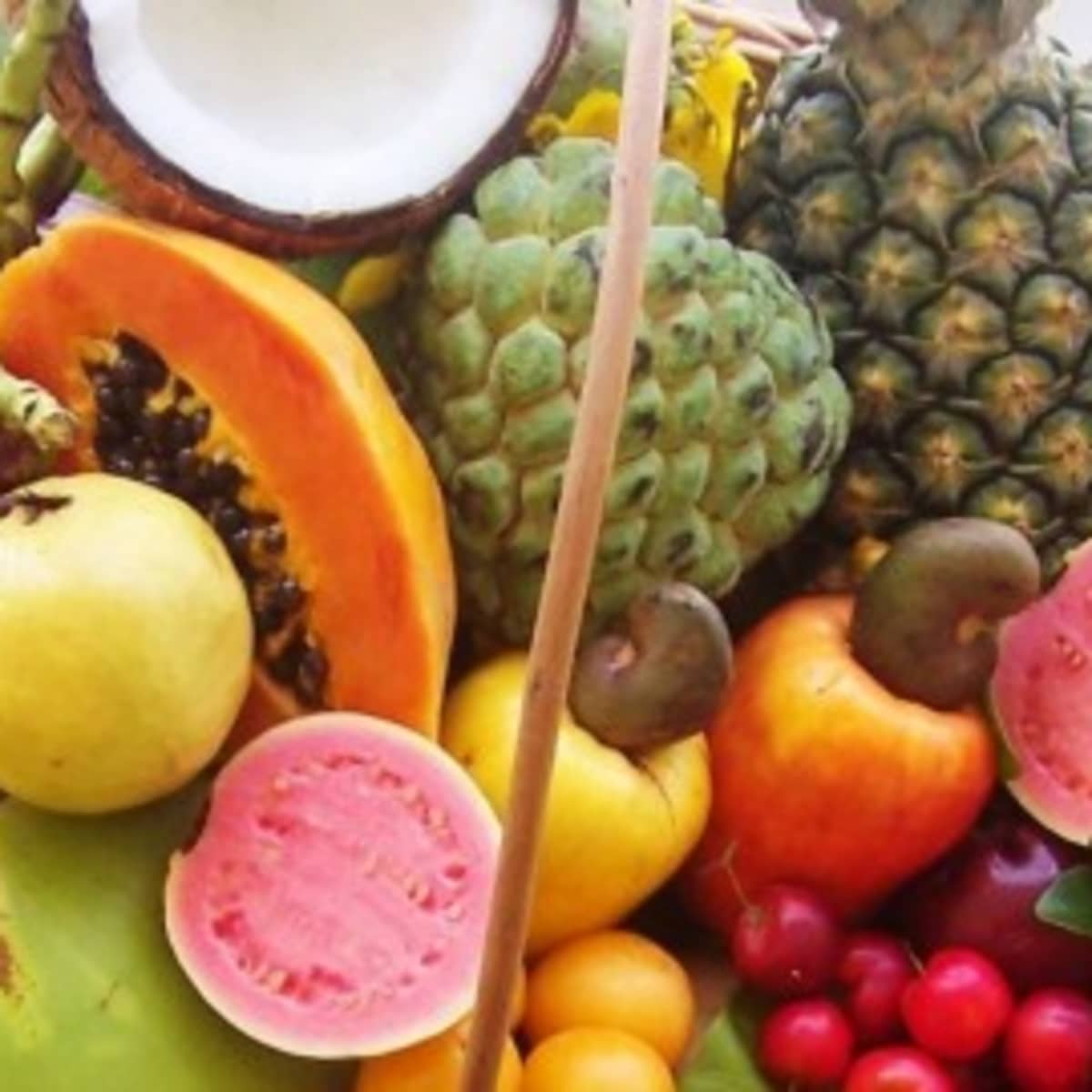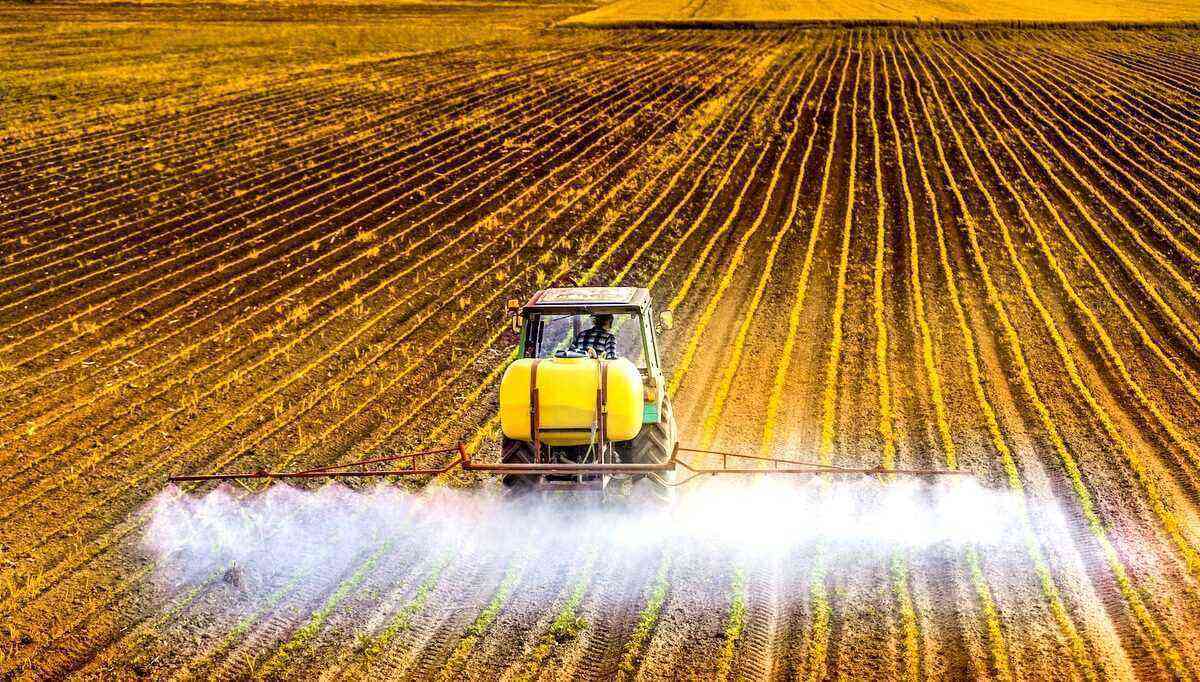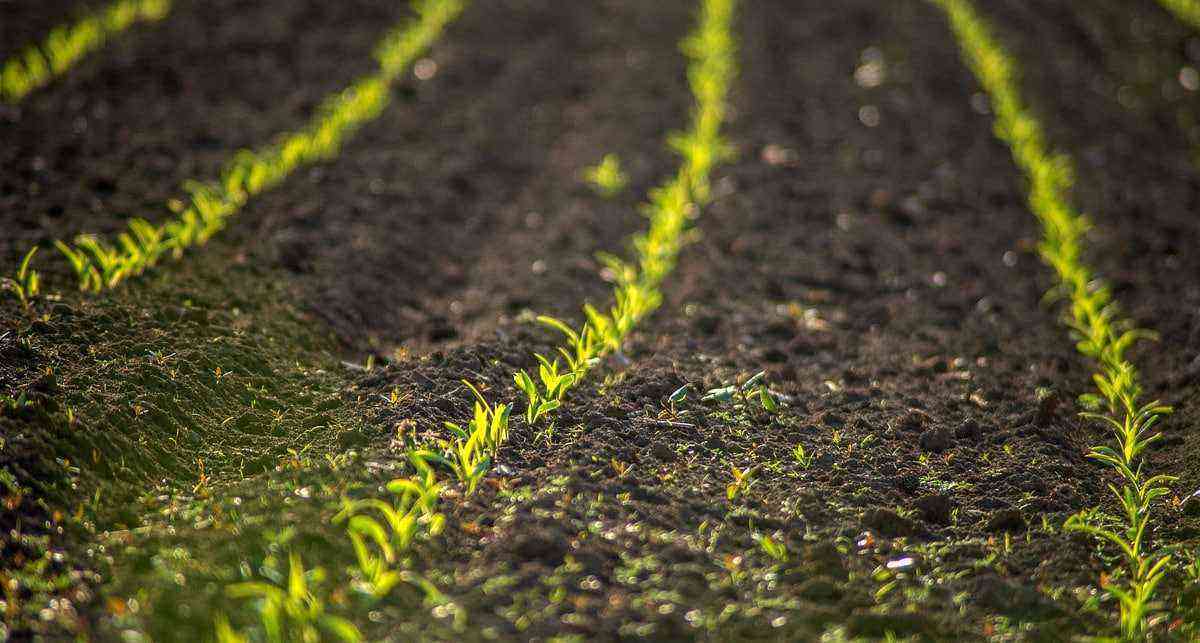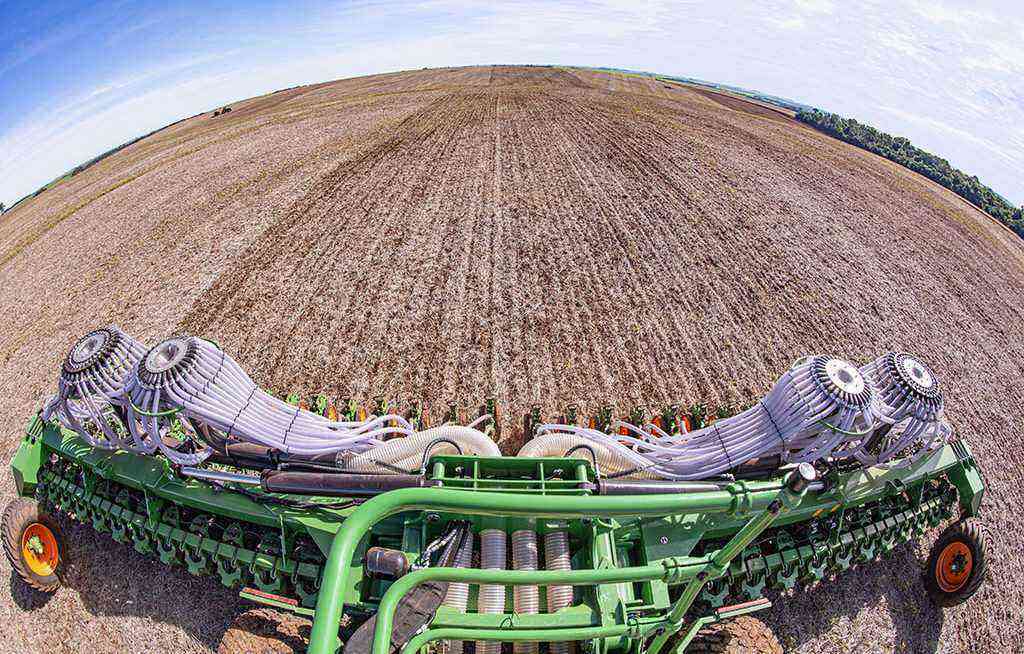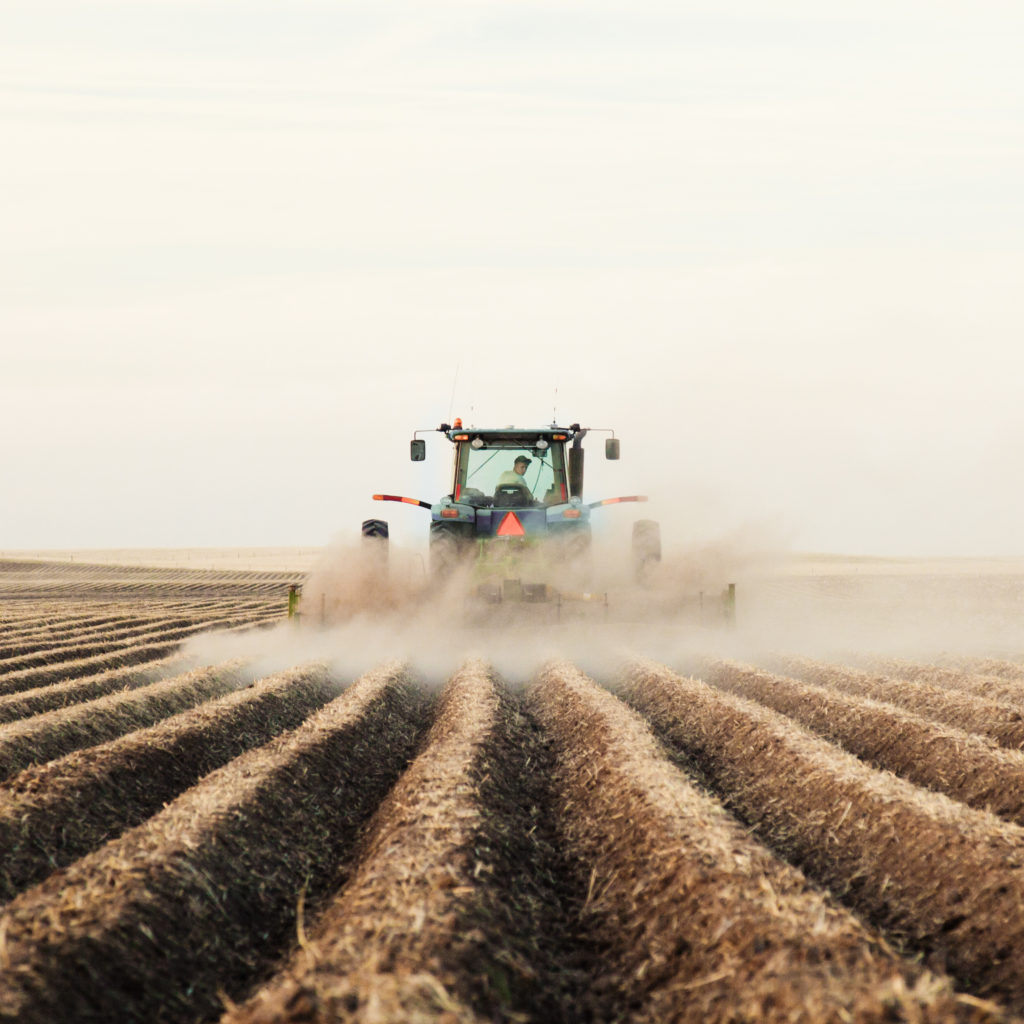Coffee producers in most parts of the country are in full harvest, which in many cases lasts until the end of August. Brazil is the world’s largest producer, accounting for more than 30% of the world’s harvest.
But while the majority’s attention is focused on this stage of the crop, researchers from Embrapa are concerned with the conditions of the “post-harvest” crops.
This is because coffee in Brazil is usually planted in areas of low to medium fertility soils.
In this way, coffee growers need to look for efficient ways to correct the acidity and fertilize the soils of their crops, as a way of guaranteeing the nutrients needed by the plants and maintaining high productivity.
Soil analysis is recommended mainly in crops that had high productivity and, thus, the plants absorbed a large amount of nutrients from the soil.
With the balanced supply of nutrients, the plants will have enough growth and development to produce fruits and, consequently, coffee beans for the next harvest.
Soil fertility is compromised after high coffee production, so it needs correction and fertilization.
Soil fertility
The Coffee Research Consortium recommends the importance of the coffee grower to make the recognition to ensure a plant with a greater supply of balanced nutrients, which result in a positive growth and development for fruit production.
According to Embrapa, the factors that influence the removal of nutrients from the soil by plants are related to the fertility of the soil itself, the coffee varieties, the landforms and the different types of soil. All this can influence the so-called “nutrient exhaustion” by plants.
In this way, the coffee grower needs to send soil samples to laboratories, for fertility assessment and also interpretation of the analysis results by agronomists.
One of the main measures should be the correction of acidity through the application of limestone (liming) which, when necessary, should be carried out before fertilization.
Likewise, the correction of subsurface aluminum should be done after liming with the application of agricultural gypsum.
coffee tree fertilization
The Consortium notes that the supply of nutrients to coffee plants occurs through soil fertilization, increasing their fertility.
Fertilization increases soil fertility and promotes good production in the next crop
This occurs in two periods in which the coffee grower must be attentive. The first of them, from August to December, when the coffee plants are in vegetative growth and, after the first rains (September-October) when they begin to flower.
The second stage occurs from January to March, a period in which there is a greater need for nutrients for fruit granulation.
Depending on the assessment of the nutritional status of the plants, the coffee grower must also be aware of the need for foliar fertilization to complement the nutrient levels required by the plants that were not supplied by soil fertilization.
The period indicated for foliar fertilization occurs between the months of December, and from January to March.
The dosage of essential nutrients for soil fertility and coffee development, such as Nitrogen, Phosphorus, Potassium, Calcium, Magnesium, Sulfur, Iron, Manganese, Zinc, Boron and Copper, varies according to the coffee variety, whether in the seedling phase. or at the time of planting.
In the case of a crop already formed, this dosage will depend on the phases of the crop in the field: flowering and fruit expansion, fruit granulation and fruit maturation.
coffee production
Since its introduction on Brazilian soil in 1727, coffee has been the greatest generator of wealth and the most important product in national history.
The country is the world’s largest exporter and, therefore, an important generator of foreign exchange. In the 2019/2020 harvest, the country exported 39,9 million 60-kilogram bags.
The result, despite being 3,6% lower than that recorded in the previous harvest (41,4 million bags), represents the second largest historical volume of Brazilian coffee exports.
The Brazilian coffee crop this year is estimated at between 57,2 and 62 million bags, according to the latest survey by the National Supply Company (CONAB).
See also: Check the agricultural market quotes of the week




